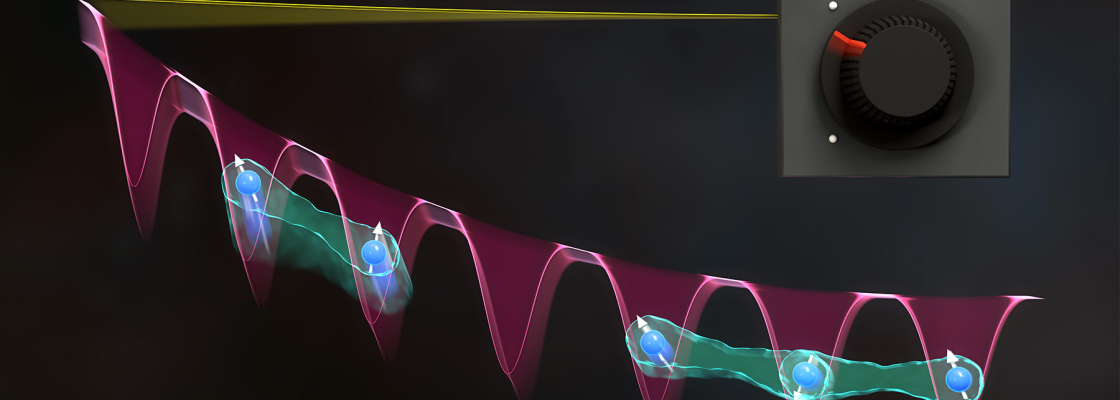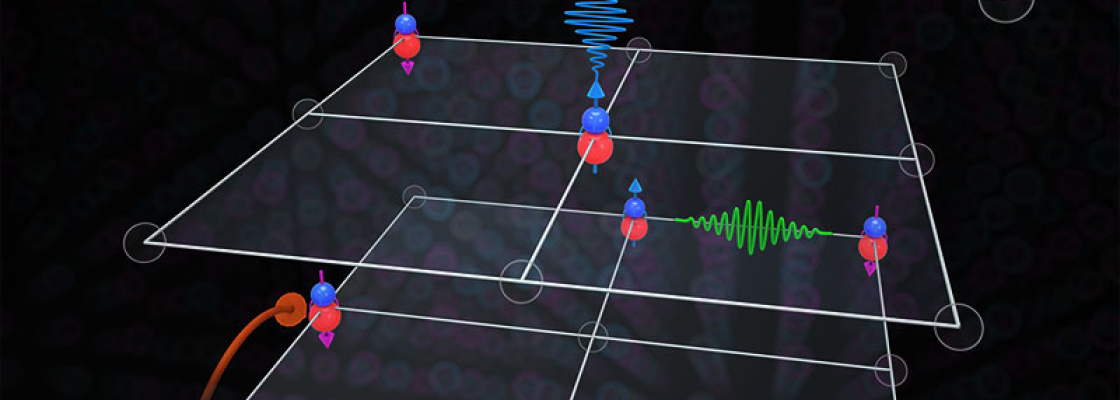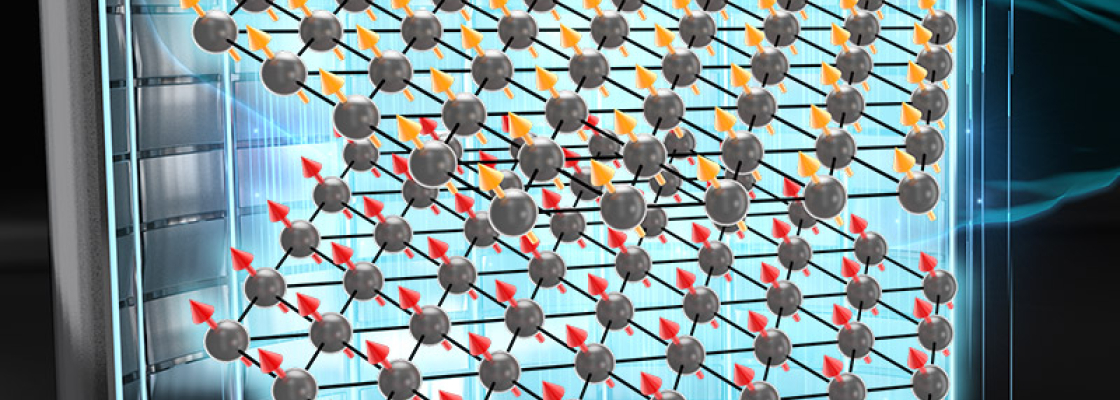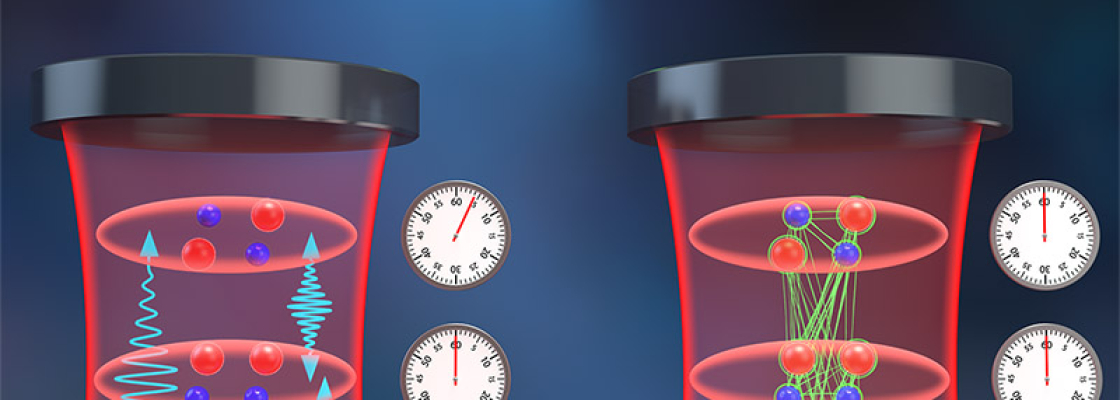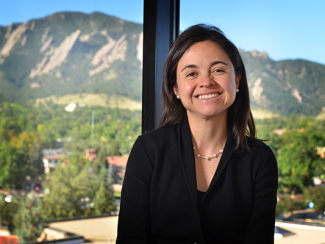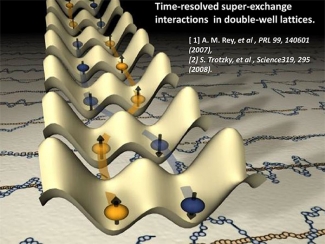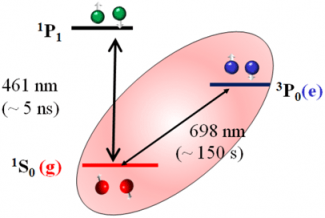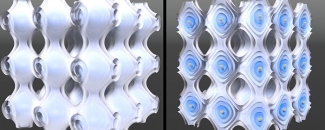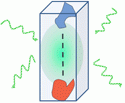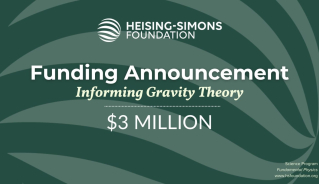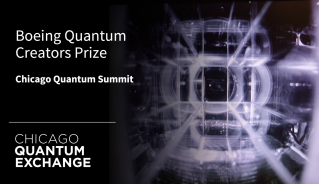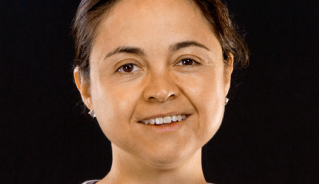We investigate AMO (Atomic-Molecular-Optical) analogs of systems that fall under the general heading of quantum magnetism, where localized magnetic moments interact with one another and/or with mobile fermions. Important solid state systems in this class include the cuprate superconductors, heavy fermion materials, colossal magnetoresistive manganites, and geometrically frustrated magnetic…
About the Rey Theory Group
Our research interests are in the scientific interface between atomic, molecular and optical physics, condensed matter physics and quantum information science. Specifically, on ways of developing new techniques for controlling quantum systems and then using them in various applications ranging from quantum simulations/information to time and frequency standards. We want to engineer fully controllable quantum systems capable to mimic desired real materials as well as to develop advanced and novel measurement techniques capable of probing atomic quantum systems at the fundamental level.
Read more about our research areas, below.
Research Areas
An optical clock consists of two components, a laboratory radiation source and an atomic system with a natural reference frequency determined by quantum mechanics to which the laboratory radiation source can be compared. The laboratory radiation source is an ultra-stable cw laser. It acts as the local oscillator (or pendulum) for the clock and is used to probe an electromagnetic resonance in…
Topological states of matter are a particular class of non-Landau states, which are characterized by the notion of topological order. For example in the fractional quantum Hall effect, the topological order is directly responsible for the celebrated properties of fractional charge, anionic statistics and gapless chiral edge modes. A major reason for the current interest in topological states…
Taking advantage of the additional degrees of freedom in more complex quantum systems as knobs for control, manipulation and probing give rise to exciting new possibilities but at the cost of new mechanisms for loss and decoherence. For example recent work on ultra cold KRb molecules has already revealed that the molecular gas in the quantum regime can have a surprisingly large rate of…
In the Spotlight
The U.S. Department of Energy (DOE) has announced a $625 million investment to advance the next phase of the National Quantum Information Science Research Centers, a cornerstone of the National Quantum Initiative. This funding will support five centers dedicated to accelerating quantum technologies that promise transformative impacts on science, industry, and national security. JILA is proud to remain a key partner in QSA through the Q-SEnSE Center, which focuses on quantum sensing and precision measurement.
Read More
The Heising-Simons Foundation's Science program has announced a generous grant of $3 million over three years, aimed at bolstering theoretical and experimental research efforts to bridge the realms of Atomic, Molecular, and Optical (AMO) physics with quantum gravity theories. Among the recipients, a notable grant was awarded to a multi-investigator collaboration spearheaded by the University of Colorado Boulder (CU Boulder) and JILA, a joint institute of CU Boulder and the National Institute of Standards and Technology (NIST).
Read More
Anjun Chu, a JILA graduate student, has been awarded the esteemed Boeing Quantum Creators Prize for 2023. This prestigious award, established by Boeing in 2021, celebrates early-career researchers who have significantly contributed to the advancement of quantum information science and engineering.
Chu, a member of the theory group led by JILA and NIST Fellow Ana Maria Rey, has distinguished himself through his groundbreaking research in quantum many-body dynamics. His work, focusing on spin systems and their multilevel extensions, has been vital in exploring quantum simulation and metrology in cutting-edge areas like optical lattice clocks and cavity QED systems.
Read More
U.S. President Joe Biden has awarded 232 Senior Executive Service (SES), Senior-Level (SL), and Scientific and Professional (ST) members across 31 government agencies with the prestigious Presidential Rank Award. Of these individuals, JILA and NIST Fellow Ana Maria Rey has been recognized within the Department of Commerce for her work in precision measurement and quantum physics.
Read More
JILA Address
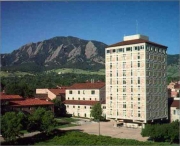 We are located at JILA: A joint institute of NIST and the University of Colorado Boulder.
We are located at JILA: A joint institute of NIST and the University of Colorado Boulder.
Map | JILA Phone: 303-492-7789 | Address: 440 UCB, Boulder, CO 80309






